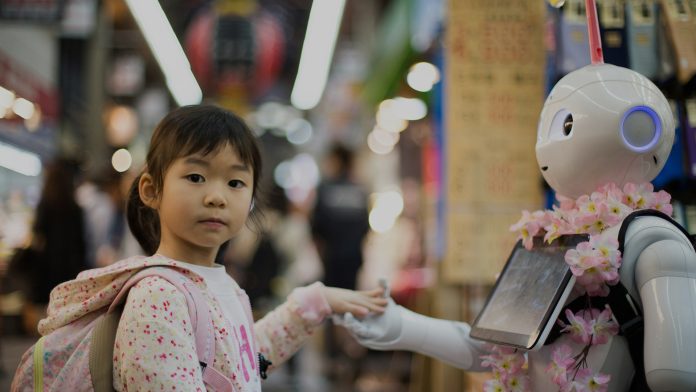Robotics is emerging as a powerful tool to improve the quality of life of people with disabilities, offering innovative solutions that promote inclusion and independence.
Technological advances are enabling the development of robotic devices that facilitate mobility, communication and the performance of daily tasks.
One of the most significant benefits is the creation of robotic exoskeletons, which enable people with paralysis or muscle weakness to regain the ability to walk. These devices are transforming rehabilitation and providing new hope for those living with physical disabilities.
In addition, robot assistants help people with motor limitations to perform everyday activities, from opening doors to preparing food. These robots not only improve users’ autonomy, but also reduce the need for constant assistance, which in turn improves their self-esteem and emotional well-being.
An outstanding example of collaboration in this field is the recent agreement signed between Bumerania and the ONCE Foundation. This agreement aims to develop a sensorised arm that, incorporated into a robot, can guide people with low vision in public places such as museums or airports. This technology will allow visually impaired people to navigate safely and autonomously, improving their experience in spaces that could previously have been challenging.
Robotics is also revolutionising communication for people with hearing and visual impairments. Robots with advanced artificial intelligence systems can interpret sign language and convert it into text or voice, facilitating interaction with hearing people. This technology promotes inclusion and enables better social and occupational integration.
According to a World Health Organisation report, approximately one billion people worldwide live with some form of disability.
The integration of robotic solutions not only improves their quality of life, but also promotes a more inclusive and accessible society.
Robotics offers a future full of possibilities for people with disabilities. By providing tools that improve mobility, communication and independence, robotics not only enriches the lives of people with disabilities, but also contributes to building a more inclusive and equitable world. Investing in these technologies is an investment in a future where everyone has the opportunity to live with dignity and autonomy.





